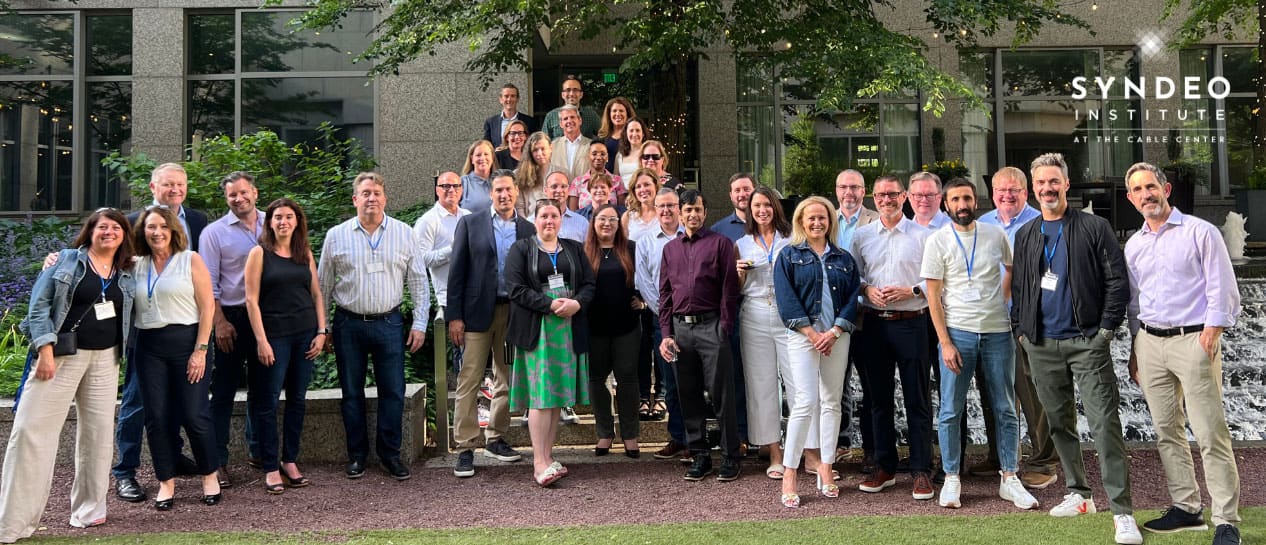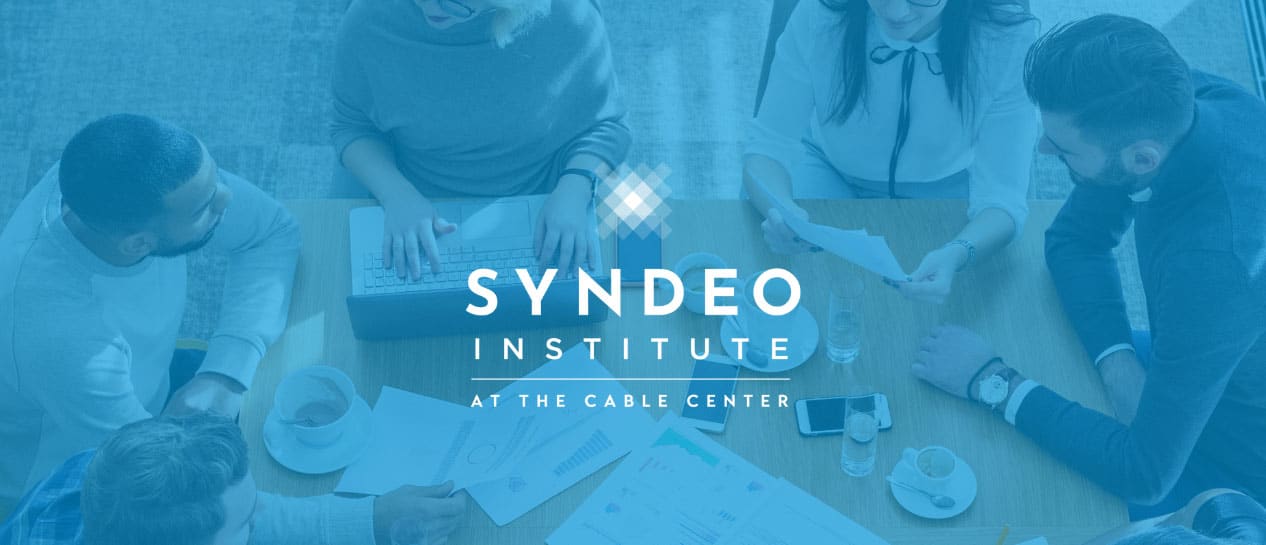The move to learner-centric L&D programs signals a transformative shift in the industry’s perspective on learning. A learner-centric model recognizes and accommodates the diverse needs and interests of individuals, rather than employing a one-size-fits-all approach.
To truly understand the impact of a learner-centric model, it’s critical to gain perspective from leaders who have implemented, and continue to evolve, innovative programs designed around the individual employee.
We spoke with Italia Commisso Weinand, the Executive Vice President of Programming & Human Resources at Mediacom, and Abbie O’Dell, the Senior Director of Learning Services: Field Operations at Charter Communications, to explore the evolving landscape of L&D and changes in the way learners learn.
Italia: There were two big drivers – the first was recognizing that people learn differently. As we gained a deeper understanding of how people learn, we recognized that a one-size-fits-all approach doesn’t work. Every person has their own learning style. Many people have learning disabilities, or they get nervous when taking tests. We have to embrace our differences in the workplace and realize that people need opportunities to learn and build confidence in way that works for them.
The second driver was scaling opportunities across our company. We are all in the same boat, and our employees see the investment we make in everyone. The employees feel that we have an investment in their career and growth.
We are on a mission to get our teams through their training courses. They earn more money, they gain transferable skills that will serve them throughout their career, and we have a higher rate of retention with our team. We all feel good when we achieve something; we want our team to have that feeling about their career paths.
Abbie: There are a couple of different trends – the first is personalization. It really just means that learners need to feel like they’re part of the experience of whatever program they’re attending. Instead of a super structured curriculum that you go through in a regimented fashion, it’s a curated list of content that the learner can navigate. This aligns with core adult learning theory. Personalization matches up to self-direction and it reframes how we think about learning to ensure it is meaningful to the learner.
By empowering the learner to take some ownership of their own experience, you’re giving management of learning to the learner, and that actually helps them think about everything in a different way. A learner-centered environment puts the learner in the driver’s seat. They participate in the learning transaction in a new way, with a stronger emphasis on critical thinking, innovative thinking, and they can creatively ideate new ways to apply knowledge on the job.
Micro-learning is also a big trend. To me, it’s more about the methodology of design. The content is built in small enough chunks that its easier for learners to consume content on their own schedule, based on their own needs. Adult learners need to understand that the topic or material they are learning is something they can immediately put into practice and aligns to their work.
It’s distilling the content down to its most meaningful parts. Micro-learning also lends itself to mobile learning. How do you make sure you create a learner-centered environment that gives them the ability to access content wherever they are?
Abbie: It definitely increases learners’ motivation to learn. Adult learners tend to be motivated by things beyond money, job, or title; they need to feel a sense of accomplishment.
When learners feel they’re very connected to the content, it helps to motivate and engage them. When you think about high performers and people in leadership, when they feel engaged, motivated, developed in a program and they feel the company is investing in them, they are able to bring that back to their team and motivate and inspire them to be successful. Ultimately that drives success for an organization.
Italia: Know your market and know how to compete. Employees can leverage the skills and training they receive from us and apply it today and in the future. In the age of A.I. where machines are taking us away from the fundamental skills that make us human beings, we are proud to invest in our teams, take a focused interest in our people, and develop training and programs that will set them up for success.
Training and development is a major driver in retention. In a highly competitive environment, you want to keep your people and attract really strong candidates.
There’s no rulebook or roadmap for us to navigate the changes we saw over the past few years and the ones that are ahead of us, but if we do our best to take care of our people and foster their growth, I believe we will succeed.
Abbie: People’s mental model of what training and development looks like is not necessary this new approach. They think it means taking teams out of their daily work and putting them in a classroom, but that’s not what learning looks like now.
It comes back to changing the organization’s mindset to focusing on continuous learning. We are constantly developing and empowering employees and giving learner-centered ways for employees to find their own path and chart their own journey.
Training is always an investment. It’s an investment that you are making so your organization gets a greater return in improved performance, attitude, innovation, and development. Business leaders recognize that the time investment today, when it’s done right and well, will yield massive returns in the future.
Italia: It works. Even if the investment on the front-end seems steep, it pays for itself.
One of the most important factors in our success was encouraging our employees to drive their learning and development. When you have an opportunity to self-promote, you have no limits.
How do you inspire people to take charge of their development? You make the process smooth, you meet them where they are, and you show your team that you have a stake in their learning and development.
To learn more about the Intrapreneurship Academy’s offerings and customize a learning journey, explore our Spring Courses, register for a Sprint, or download our brochure to learn more. Questions? Contact IA@syndeoinstitute.org.

Italia is Senior Vice President of Programming and Human Resources for Mediacom Communications Corporation, the USA’s eight largest MSO. A cable veteran for 33 years, Italia was one of Mediacom’s first three employees when it was created in 1996.

Abbie is the Senior Director of Learning Services for Field Operations, supporting the organization in the development of engaging and interactive learning experiences for all Charter Field Operations team members across the company.



